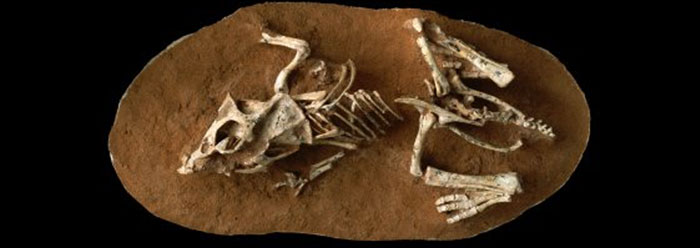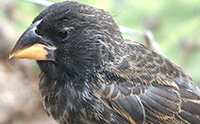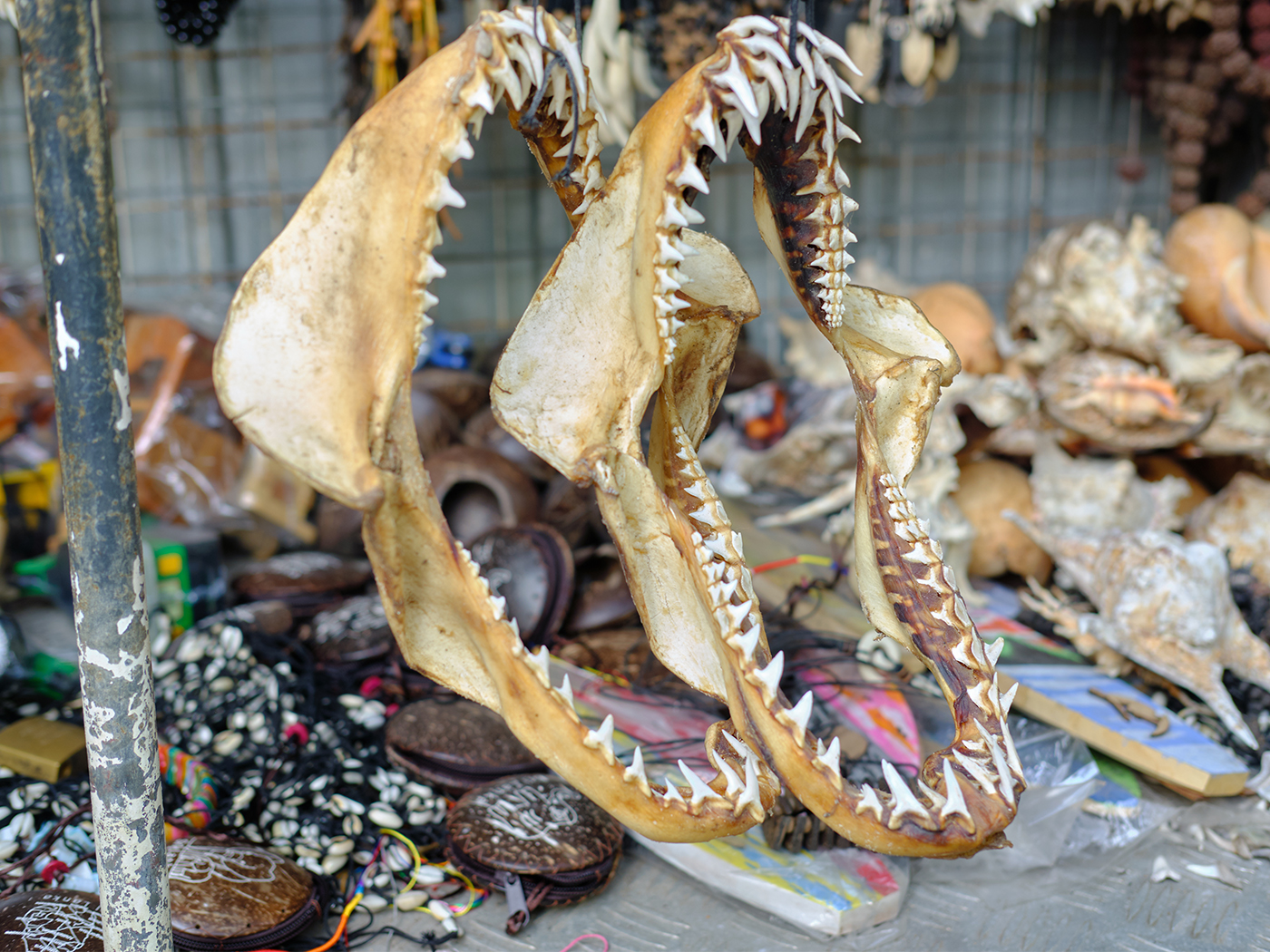Clovers come in a wide variety of sizes, and some of them hold interesting surprises. Plant biologists have been studying one trait in particular, and it keeps showing up—or disappearing—in peculiar patterns. Do these patterns illustrate evolutionary changes or does something entirely different switch off this trait?
The trait under scrutiny involves clover-leaf tissue that releases cyanide when crushed. If an insect begins munching, it gets a mouthful of bad taste—not enough to kill, but enough to deter the eater from its clover feast.
The plants use an ingenious system to deploy this poison, only when needed, while protecting their own tissues. Under ordinary conditions, cyanide is safely bonded to sugar molecules that are sequestered in secure pockets inside each plant cell. The enzyme that separates the cyanide from its sugar lies outside that pocket. When an insect chews the clover leaves, the cyanide-sugars and enzymes mix—like bending and shaking a plastic glow stick—and this releases the poisonous cyanide concoction.
Evolutionary biologists from Washington University have been tracking which clover varieties produce cyanide. Of 27 different species of the clover genus Trifolium, six include both variants—those that make cyanide and those that don't. But behind this trait variation lies an intriguing genetic switch.
We commonly think of mutations as mistakes that damage genes. Just one DNA copying error in the instructions for manufacturing a complicated protein can yield a tiny but critical change to its shape, and it quickly becomes a useless mess. But that's not what researchers found in clovers.
A Washington University in St. Louis news release wrote, "The plants that don't make cyanide have deletions in their genomes in the spots where the required genes would normally be found. It's not that the gene is mutated; it's missing entirely."1
Washington University professor Ken Olsen told Washington University news that something other than random mutations must be deleting the whole gene over and over, independently.
Repetitive DNA sequences flank the oft-deleted gene. Olsen speculated that cellular machinery involved in crossing-over during clover sex-cell division sometimes links to the "wrong" repeat sequence, leading to whole-gene deletion.
Olsen said, "Normally, a deletion like this would be detrimental. But when these genes are deleted, the plant is favored in certain environments, and so this morph is maintained."1
The deletion does provide an advantage, since those clovers don't have to spend cellular energy manufacturing and sequestering cyanide and the enzyme that releases it.
The Washington University news describing these clovers could easily lead readers to believe that "evolution" can happen the same way multiple times, but there is good reason to reject calling these changes "evolution."
Changes within a kind—like the clover plant kind—and especially specific trait changes within that kind operate on an entirely different functional plane than evolution's broad-scale changes that supposedly morphed a cell into a plant. Just because a Microsoft software program can deploy one or another subroutine does not mean that it can morph itself into a program that runs on a different operating system.
Big-picture evolution needs a way to invent new traits, their genes, and integrate those additions into new body plans. Deleting a cyanide gene is not the way to make these comprehensive changes. The precisely repeated means by which clovers delete their cyanide genes point toward the fact that a clever Creator crafted the clover.
References
- Lutz, D. How repeatable is evolutionary history? Washington University in St. Louis News. Posted on news.wustl.edu June 23, 2014.
* Mr. Thomas is Science Writer at the Institute for Creation Research.
Article posted on July 9, 2014.























